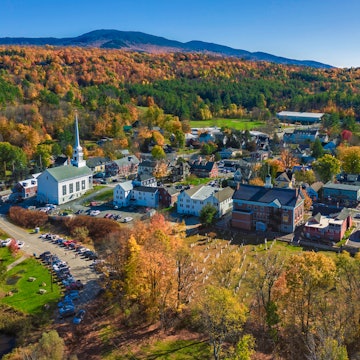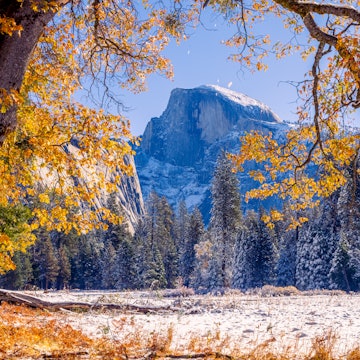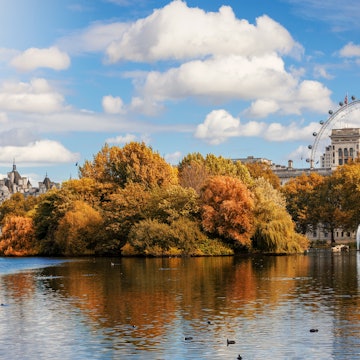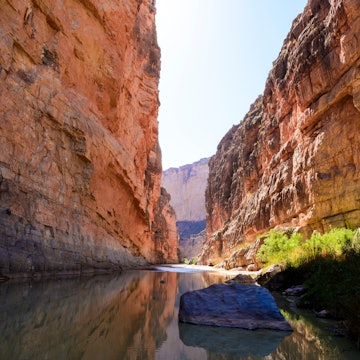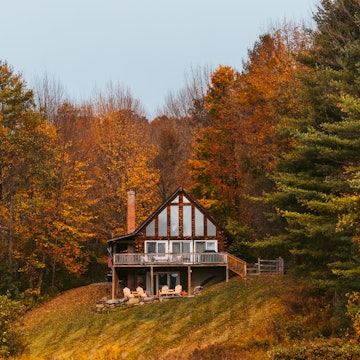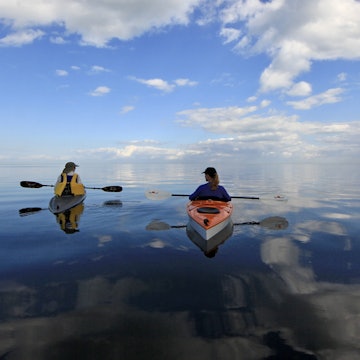

Be inspired by the USA's best natural landmarks. sarah_xie7/Shutterstock
The USA packs spectacular biodiversity within its borders, boasting some of the most beautiful places in America.
Within the 50 states, you'll encounter incredible natural landmarks, including hot desert playas and plateaus, skyscraping mountain ranges topped by glaciers, rolling grasslands where millions of bison once roamed, tropical rainforests, active volcanic zones and polar tundra.
Many of the USA's most magnificent natural wonders are protected today by the National Park Service (NPS). However, with the recent firing of NPS workers, here's everything you need to know on how that might impact park visits.
These specially protected places also provide a safe haven for an astonishing array of wildlife, ranging from tiny eyeless fish living in the dark haunts of Mammoth Cave to the giant grizzly bears of wild Denali National Park.
Scattered from coast to coast and beyond, here's our pick of the most mind-blowing of the USA's natural wonders.

1. Redwood National and State Parks, California
The world's tallest trees grow on the fog-kissed Northern California coast. Redwoods can reach a height of 379ft, taller than the Statue of Liberty in NYC, and live for up to two millennia. Almost half of the remaining old-growth redwood trees that have never been logged are protected by the chain of Redwood National and State parks.
Planning tip: To hike the 4.5-mile Tall Trees Trail, you will need to apply for a reservation in advance online.
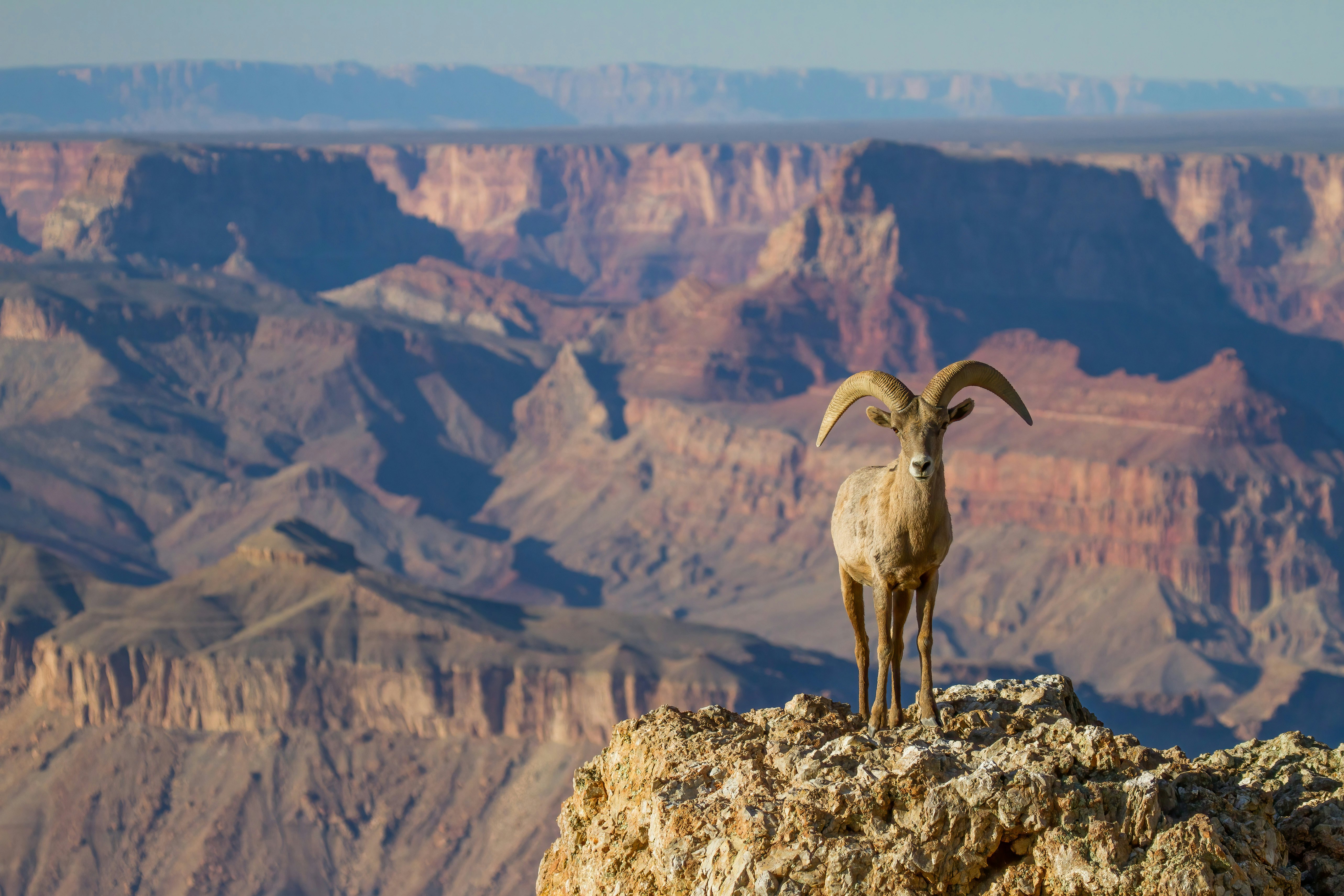
2. Grand Canyon National Park, Arizona
Measuring a mile deep, up to 18 miles wide and more than 275 miles long, no other sight in the USA beats this giant hole in the ground for instilling stupefying awe. Peering over the edge of the Grand Canyon is enough of a thrill for some, but to really appreciate the canyon's grandeur, hike all the way down inside it to the rushing Colorado River.
Planning tip: To escape the crowds, we'd normally advise you to visit the canyon's North Rim, which gets a fraction of the visitors at the South Rim. However, due to damage resulting from the Dragon Bravo Fire, the North Rim is closed for the rest of the 2025 season. Here's how you can plan ahead.

3. Yosemite National Park, California
Famous conservationist and wilderness writer John Muir called Yosemite nature's temple. Gazing up at towering granite monoliths such as El Capitan and at Yosemite Falls, North America's highest waterfall, you'll know exactly what he meant. Declared a UNESCO World Heritage Site for its unique geological features carved by glaciers, Yosemite also sustains a variety of rare wildlife inhabiting California's craggy Sierra Nevada mountain range.
Planning tip: Yosemite Valley's waterfalls peak in late spring, which is a less hectic time to visit the park than during summer.
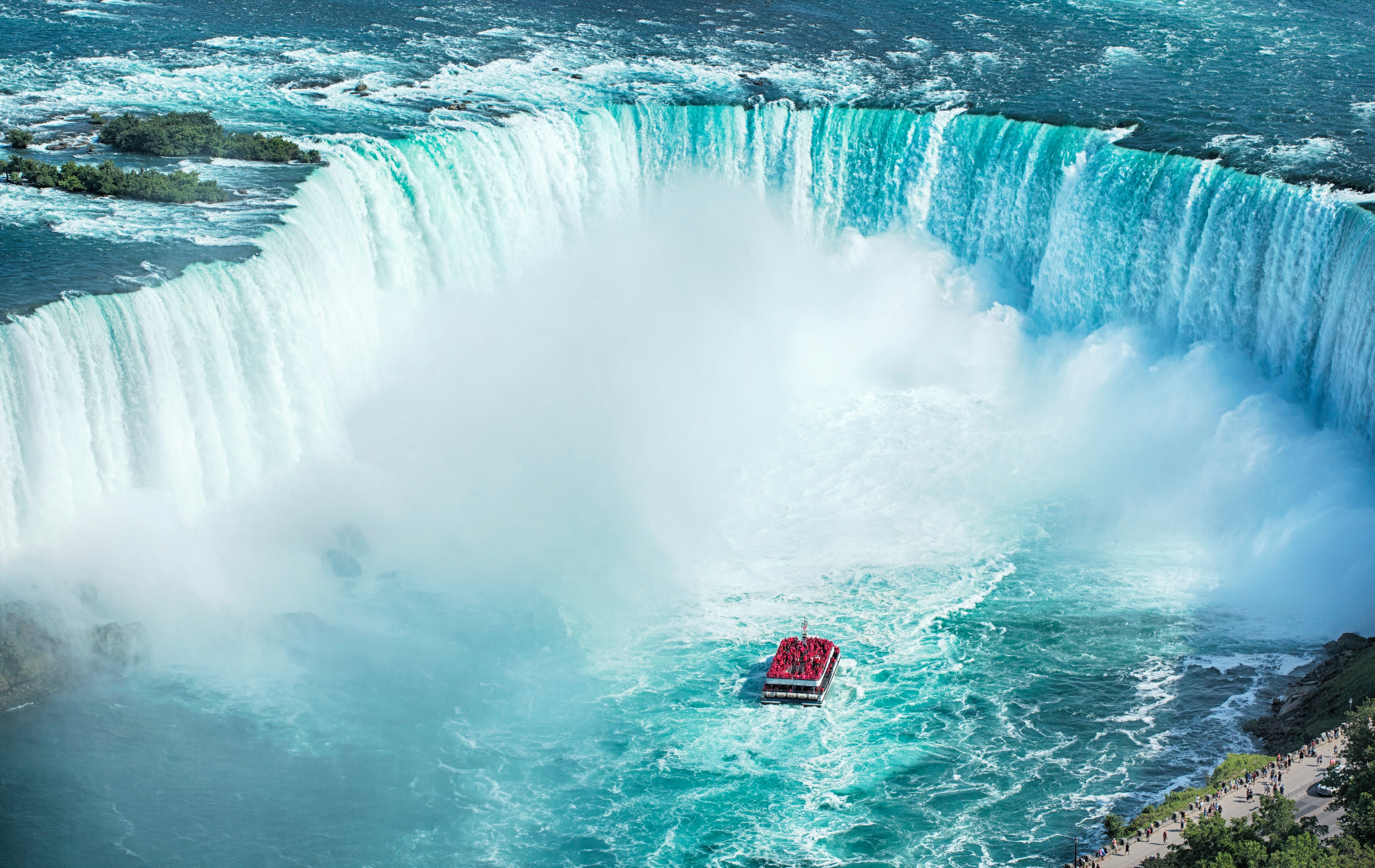
4. Niagara Falls, New York
Niagara Falls is not just one, but three waterfalls that gush along the US-Canada boundary between New York and Ontario: Horseshoe Falls, American Falls and Bridal Veil Falls. They aren't the USA's tallest waterfalls, but these powerful cascades have a bigger water flow than any others on the planet. Get up close and feel the cool spray on a Maid of the Mist boat tour.
Planning tip: The Canadian side of the falls claims more natural beauty, so bring your passport for international border crossings.

5. Yellowstone National Park, Wyoming
Yellowstone is the USA's oldest national park and is a wonderland of unique geology and wildlife. At this UNESCO World Heritage Site and Biosphere Reserve, you'll be amazed by the world's largest collection of geysers and hydrothermal features, including hot springs, boiling mud pots and steaming fumaroles. Look for herds of bison roaming free alongside the park's main roads.
Planning tip: Vacationing here during early fall avoids some of the biggest crowds, but be prepared for freezing overnight temperatures and, possibly, snowfall.
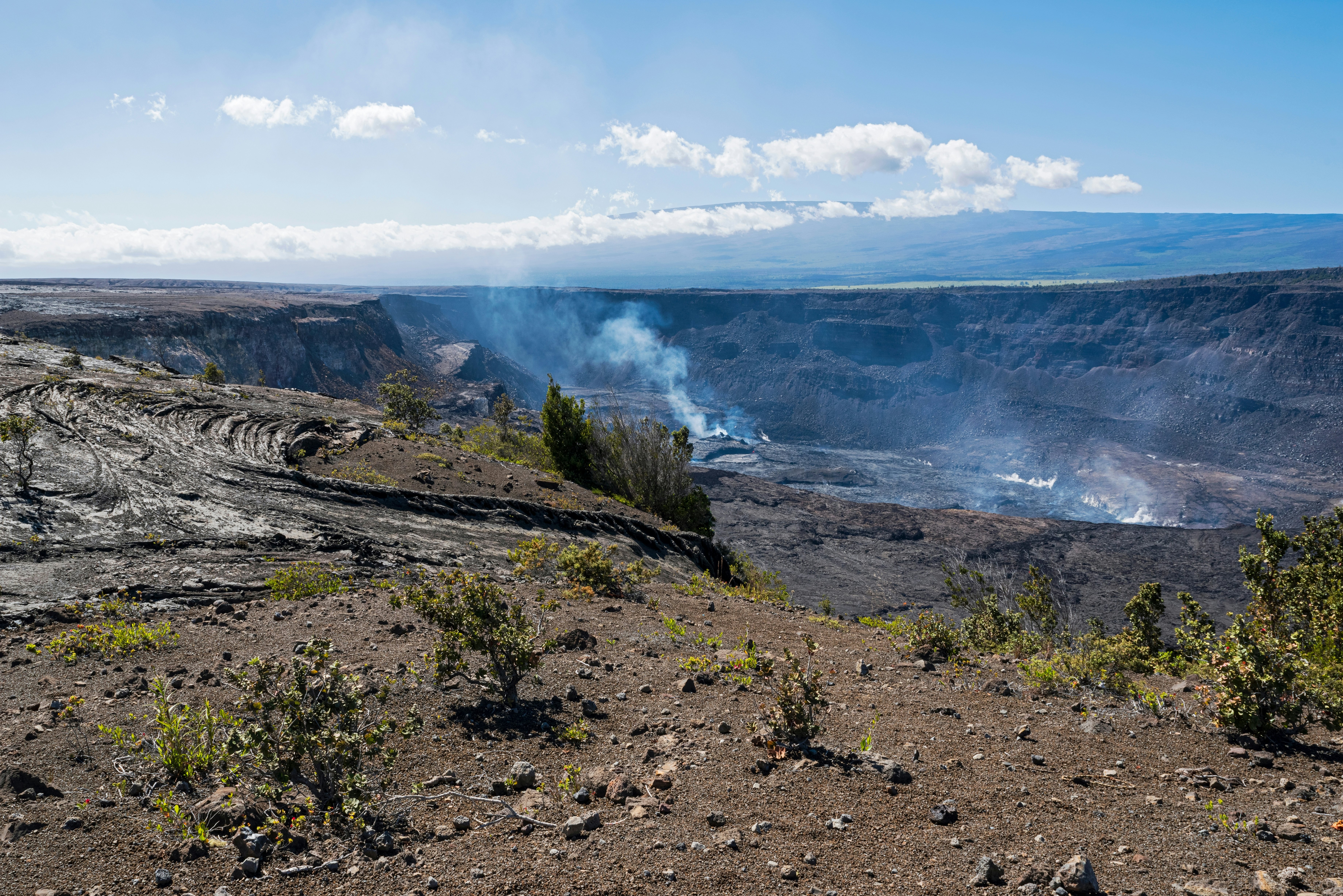
6. Kilauea Volcano, Hawaii
On Hawaiʻi, the Big Island, Kilauea Volcano has been oozing red-hot lava since 1983, making this one of the world's longest continuous volcano eruptions. Nowhere else in the country can you see geological forces birthing new land like here at Hawaiʻi Volcanoes National Park, a UNESCO World Heritage site. According to Hawaiian tradition, the fiery lava lake in Halemaʻumaʻu Crater is the home of Pele, goddess of fire and volcanoes. Here's our guide to visiting the Hawaiʻi Volcanoes National Park.
Planning tip: Check the park website for eruption updates and current lava viewing conditions.

7. Denali National Park, Alaska
In the indigenous Koyukon Athabaskan language, it means "the high one," which is fitting because Denali is North America's highest peak (20,310ft). Prominently poised above the surrounding wilderness, it's in fact taller than Everest when measured from its base. Climbers first reached the south summit in 1913, a feat now attempted by more than a thousand people every year. Here's our guide if you're visiting for the first time.
Planning tip: Flightseeing tours depart from Healy to the northeast of the park, and Talkeetna, a railroad town about 150 miles south of Denali National Park.

8. Mammoth Cave, Kentucky
In America's heartland, aptly named Mammoth Cave is the world's longest cave system. Almost 400 miles of underground passageways have been explored (so far, that is) inside this limestone karst cave labyrinth sculpted by subterranean rivers. See oddly shaped stalactites, stalagmites and other impressive speleothems (cave formations) on a lantern-lit cave tour.
Planning tip: Bring a sweater or a jacket – temperatures inside the cave average 54°F (12°C).

9. Monument Valley, Arizona
Chances are that those epic landscapes you've seen in classic Hollywood Westerns were shot in Monument Valley, where startling sandstone buttes rise up to 1000ft above the sandy desert floor. Today, the valley is a Navajo tribal park. For a grand sense of perspective, sign up for a guided horseback tour.
Planning tip: The Navajo Nation is on Mountain Standard Time (MST), but unlike neighboring Arizona, it observes Daylight Saving Time (DST).

10. Acadia National Park, Maine
On the wind-blown, tide-splashed Atlantic coast, Acadia is a maritime treasure. Don't miss hiking Cadillac Mountain (1530ft), the tallest peak on the Atlantic seaboard. Climb to the summit for sunrise, and you can claim to be one of the first people in the USA to see the sunrise that day. For equally stunning panoramas, show up for golden leaf peeping in autumn.
Planning tip: Rent bicycles in Bar Harbor, or bring your own bicycles to explore the park car-free.








